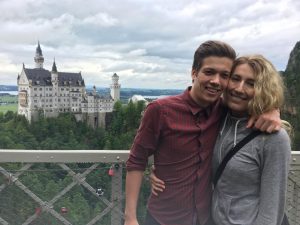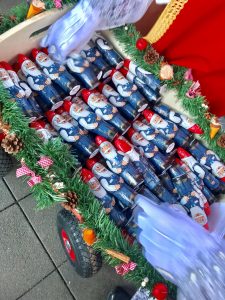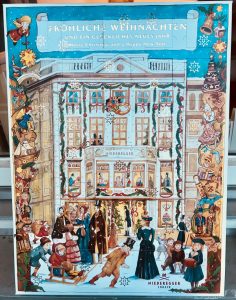Get away and spend a fairytale day at Germany’s most popular castle, Schloss Neuschwanstein. You’ll be amazed at the views as the castle overlooking the Höhenschwangau valley and the beautiful landscape of the Bavarian Alps surrounding the magnificent castle. The castle is so magical, Walt Disney was even inspired by it!
King Ludwig began to create the castle during the 19thcentury (1869) during a time when castles no longer had strategically and defensive purposes. Although, inside the castle has many new technologies and advancements for its time. Such as toilets with automatic flushing systems and air heating for the whole castle. King Ludwig had very extravagant wishes for the castle and wanted it to be perfect. However, the construction was not finished before his death in 1886 and it’s still not finished to this day.
If you’re interested in touring the inside of the castle make sure to purchase your tickets ahead of time and claim the tickets 90 minutes before the guided tour begins. From Munich it’s approximately a two-hour train ride to Füssen. I’d suggest buying the Bayern ticket for transportation; it’s a day ticket option giving you a round trip journey for 26 Euro and 5 Euro for every additional person up to five people. This ticket will also cover the bus ride from Füssen to the ticket center.
Can you imagine what it would be like to be a Prinzessin in this castle?Take your time exploring and walking up the hill to the charming castle. There are many interesting facts and by visiting the castle you can see for yourself!








